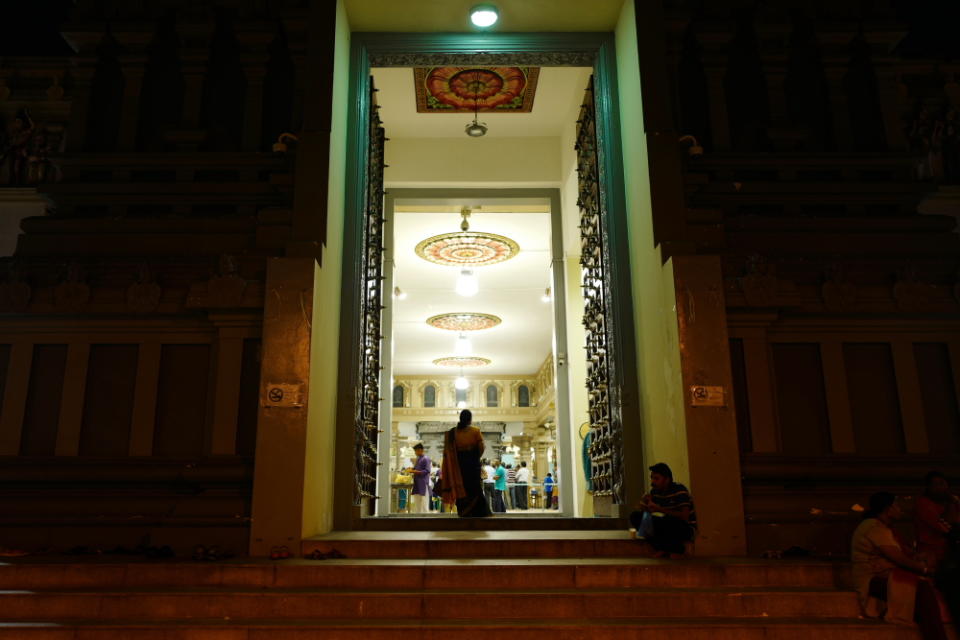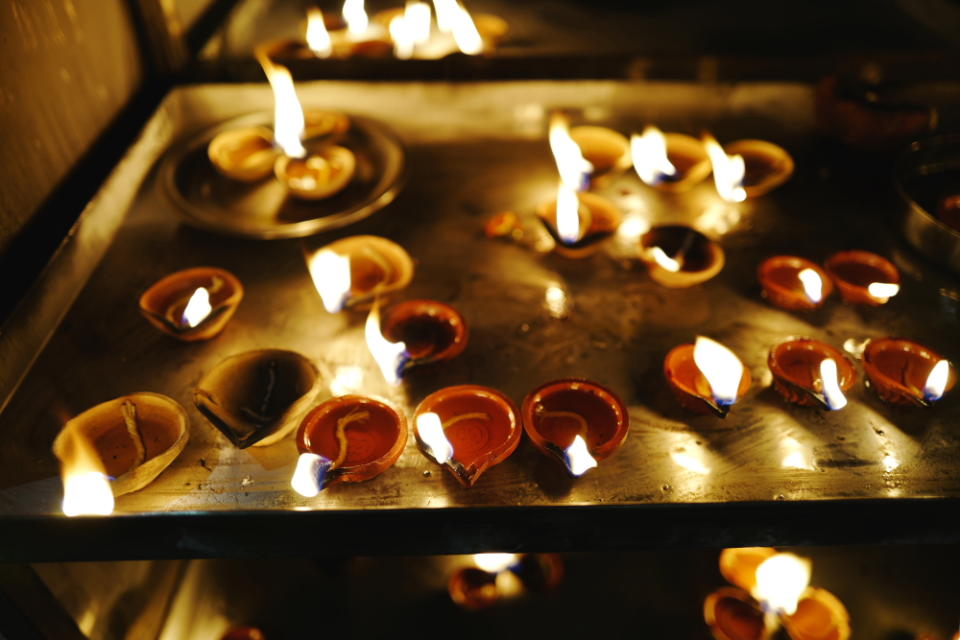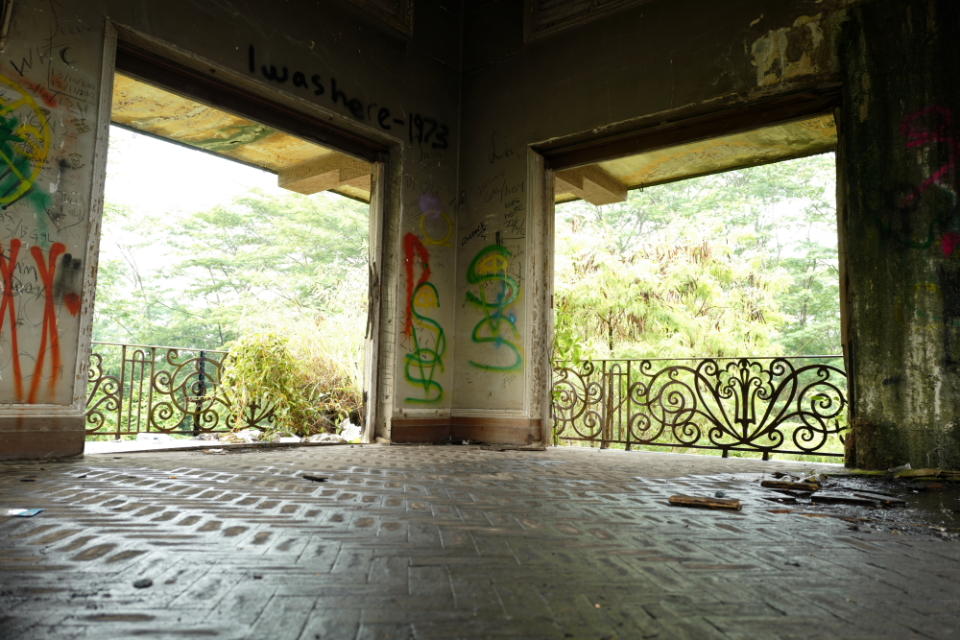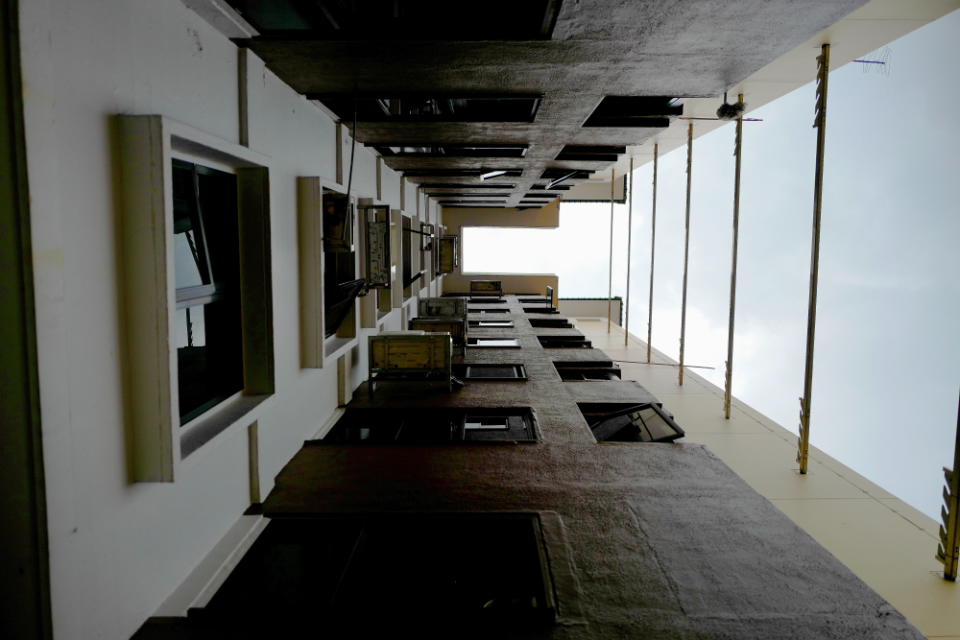Leica Q: A New Classic
Scarlett Johansson has a Leica M6. Julia Roberts has one too. So does Jennifer Connelly. Then we have the more serious Leica users like war photographer Robert Capa, who said “if your pictures aren’t good enough, you aren’t close enough”, and Nick Út whose Pulitizer Prize-winning picture of a naked girl burnt by napalm turned the tide of support against the Vietnam war. The unassuming Leica has made an impact upon those it has passed hands as much as each user has an impact on its name. Having been handed the recently launched Leica Q like the latest in a baton relay, I was eager to discover if my Leica was more Scarlett Johansson or Nick Út.
The full frame (35mm sensor) Leica Q is a 28mm, f1.7 fixed-lens point-and-shoot camera with full manual capabilities along with exceptionally user-friendly automatic in-camera settings that caters to a wide range of preferences. The confidently built magnesium body weighs slightly heavier than other cameras in its class at 640g, but is not weather-sealed. It sports a high resolution LCD as well as an EVF (Electronic View Finder), comes with OIS ( onboard image stabilisation).

Focus is achieved via a focus ring and confirmed by a focus peaking overlay on either the touch screen LCD or EVF. Keeping up with the times, it is well connected via Wi-Fi and NFC which allows remote shooting and viewing via a smart phone app. The Leica is equipped with a leaf and electronic shutter, enabling faster shutter speeds than indicated on the dial and also allows for faster flash sync speeds. Battery life is rated at about 400 stills and 40 minutes of video.
On my loan set of the Leica Q, the lens hood was askew when screwed in all the way, and loose when aligned properly. Do check that yours is fitted properly. Excitedly taking the first shot and reviewing the result showcased the first strong point. The LCD was absolutely gorgeous. Each image was so beautifully captured that it truly inspires the next shot. However, there was some minor lag in reviewing the DNG files when zooming in using the LCD touch screen.
At night, I tried out the low light and AF capabilities. The AF speed and accuracy is very respectable. Coupled with the light weight shutter that minimises camera shake, I could take usable panning shots of vehicles relatively easily, even with OIS off. At ISO settings of 32,000, noise starts to become noticeable, and at 50,000 it is detrimental to the picture quality. This Leica applies noise reduction automatically, which I wish could be turned off. Dynamic range is, however, a strong point at all ISO level settings.
Putting the Leica Q through a night time test, I was able to obtain exposure times up to 30 seconds in 1/3 stop increments which is sufficient for most uses, but I would have been delighted with the ability to select a “bulb” mode for some creative night photography. Activating fireworks mode automatically sets the exposure for 15 sec. I played around with that scene mode for a while, but found that it was bogged by relatively slow file processing times, made slower by in camera noise reduction. Similar slow file processing times were encountered when using the “miniature” setting which mimics the effect of using a tilt shift lens.
Channelling the exploits of cavalier Leica lensmen, I took the Q out to the field. Through jungle, rain, mud and grime, the Leica admirably performed more like Capa than Johansson here. Although not weather-sealed, it handled the adverse conditions admirably with proper care. In the mixed lighting of the interiors, the wide dynamic range, image stabilisation, decent ISO performance and near-silent shutter came marvellously to capture the challenging scenes. However, what put the Q above the rest was the lens here. Unlike other makes where the lens achieves maximum sharpness stopped down, the 28mm, f1.7 performed beautifully wide open at f1.7, allowing for sharper pictures and also for usable pictures with pleasing bokeh.
While taking it to the streets for more testing, I found the ergonomically placed buttons an advantage. For one, the exposure compensation was perfectly placed for quick manipulation with a flick of my thumb. In instances where discretion was necessary, the well-placed shutter button helped me attain shots unnoticed. Holding the camera casually on its side, behind my back and even upside down, the shutter was easily accessible at all times. Coupled with the face-recognition AF mode, it was easy to compose and fire away blindly and still come up with dramatic shots.
Taking video, I didn’t like that the AF hunts for the first few seconds, resulting in a dizzying pulsating look to the video. This could be fixed if there was a dedicated focus lock button which allows me to lock focus and activate video recording at the same time. The only current solution was to focus manually first, which was not difficult with the focus peaking overlay and 3x zoom box overlay.
However, manual focus for video could only be done with the middle focus point with no ability to change the focus point. An innovative feature, I felt, was the inclusion of an invalumeter for time lapse videos. Strangely, once the number of frames and duration of exposure was dialled in, you could not override the settings except by stalling the process and turning the camera off.
In my time with the Leica Q – which I bemoaned for being too short at the end of the loan period, I found it to be a very capable and compact (considering the number of features) camera, which allowed me to work closer to my subjects without isolating them. At 28mm, the focal range was perfect for street photography and landscapes, but portraits are slightly distorted by the wide angle.
A very user friendly camera, the Leica Q has an intuitive design which minimised the learning curve, giving you more time to have fun. And a lot of fun I did have, as the automatic and manual features of this camera are so seamlessly interwoven that it encourages you to integrate both into your workflow, enhancing creativity.
The post Leica Q: A New Classic appeared first on Asia 361.















